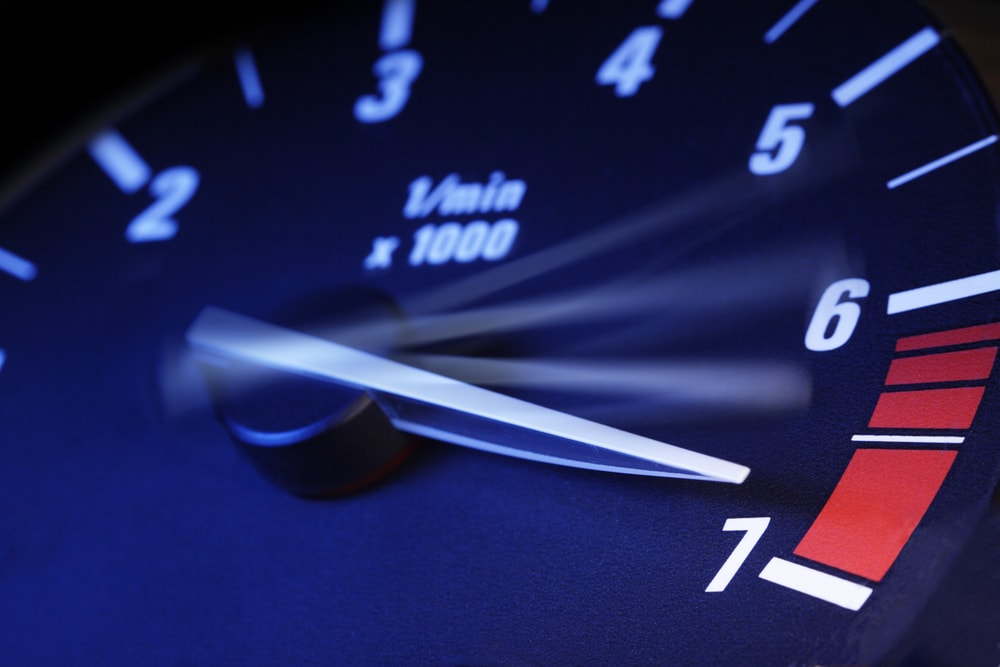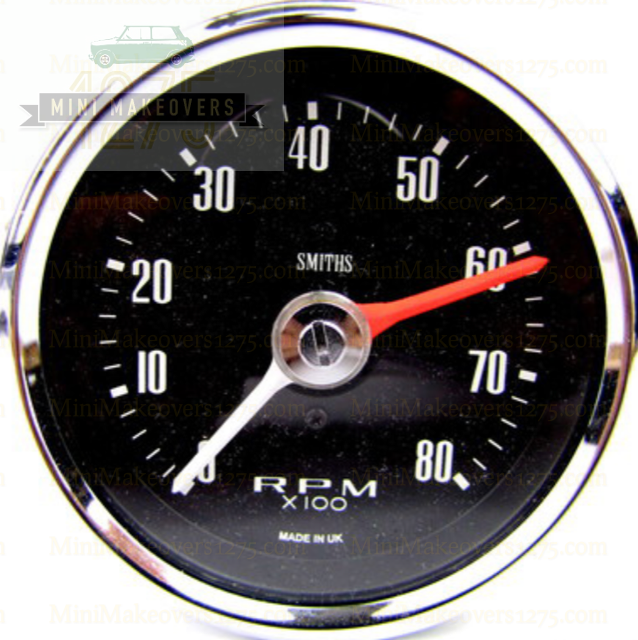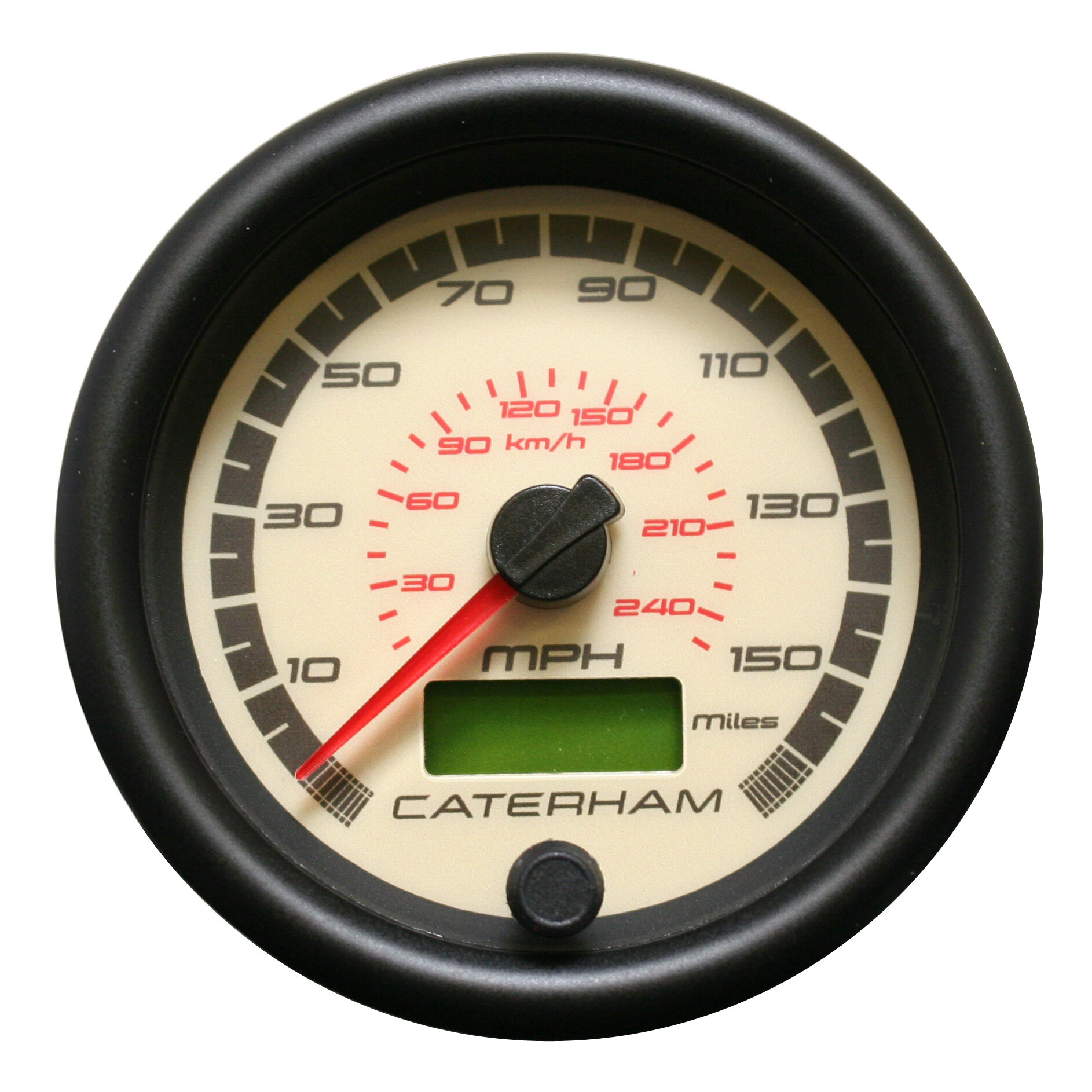The Benefits of Mounting a Tachometer in Your Car
The Benefits of Mounting a Tachometer in Your Car
Blog Article
The Significance of a Tachometer in Checking Engine Speed and Efficiency in Automotive Applications
In the realm of auto engineering, the tachometer stands as a critical instrument in the driver's collection, providing a direct window into the internal operations of a vehicle's engine. Beyond its function as a simple gauge of revolutions per min (RPM), the tachometer acts as a vital tool for enthusiasts and experts alike, providing real-time insights into engine efficiency and health. Comprehending the importance of this device surpasses surface-level monitorings, diving into the detailed relationship in between engine rate, power outcome, and total driving experience. As we discover the diverse duty of the tachometer in auto applications, a much deeper recognition for its influence on vehicle characteristics and efficiency starts to arise.
Value of Checking Engine RPM
Checking engine RPM, or transformations per minute, is an important element of auto maintenance and performance analysis. Engine RPM directly correlates with the speed at which the engine's crankshaft turns, indicating exactly how quickly the engine is running.
In addition, checking engine RPM is crucial for efficiency analysis in auto racing and high-performance lorries. Preserving ideal RPM degrees is essential for accomplishing peak power outcome and acceleration. Racers often make use of tachometers to ensure they are running within the ideal RPM array for maximum efficiency. In summary, checking engine RPM is not only important for detecting concerns yet also for enhancing engine efficiency in numerous automobile applications.

Benefits of Real-Time Information
In auto applications, real-time data plays a vital role in providing instant insights into the efficiency and problem of the car. By constantly checking various specifications such as engine rate, temperature level, gas consumption, and a lot more, real-time data uses numerous benefits that contribute to improved performance and security when driving.
Additionally, real-time information helps with efficiency optimization by giving instant responses on driving habits and engine efficiency. Motorists can readjust their behavior in real-time based on this details to attain better fuel economic climate and extend the lifespan of their vehicle.

Furthermore, real-time data plays an essential function in modern-day automobile diagnostics, enabling professionals to rapidly identify and attend to breakdowns. This results in minimized downtime, reduced upkeep expenses, and inevitably, improved overall lorry reliability and durability (tachometer). By harnessing the power of real-time information, automobile stakeholders can make informed decisions that favorably affect both the performance and durability of the vehicle
Effect On Gear Shifts
The tachometer plays an essential duty in enhancing equipment shifts by supplying real-time engine rate data to the driver. When coming close to the redline on the tachometer, it indicates the chauffeur to upshift to avoid over-revving the engine and creating potential damages.
In addition, the tachometer aids in achieving smoother equipment changes, particularly in hands-on transmissions. By checking engine rate, motorists can implement equipment changes at the optimal RPM variety, decreasing snagging discover this info here motions and decreasing endure the transmission parts. This precision in equipment adjustments not only enhances driving convenience but likewise adds to fuel performance.
Enhancing Fuel Efficiency
Given the essential function the tachometer plays in maximizing equipment changes for performance and engine wellness, it straight adds to making best use of fuel effectiveness in vehicle applications. By supplying real-time comments on engine speed, the tachometer aids drivers in keeping one of the most effective RPM range for gas economic situation. When chauffeurs consistently keep track of the tachometer and adjust their driving behaviors accordingly, they can stay clear of unnecessary gas usage brought on by over-revving or lugging the engine.
Moreover, the tachometer helps drivers recognize the most fuel-efficient equipment to be in at any kind of provided minute, discover this avoiding the engine from functioning harder than required. In conclusion, the tachometer serves as a useful device in boosting gas efficiency by promoting optimal driving routines and identifying areas for enhancement in the vehicle's efficiency.

Taking Full Advantage Of Engine Durability
The tachometer's function in keeping an eye on engine speed and efficiency is critical in making certain the long life of automobile engines. By using the tachometer successfully, vehicle drivers can maximize engine long life with conscious RPM management. Constantly revving an engine too expensive can lead to extreme damage on critical parts, such as the pistons, shutoffs, and bearings. In time, this can lead to decreased engine performance and prospective malfunctions. Checking the tachometer allows drivers to stay within the recommended RPM array for their lorry, protecting against unnecessary pressure on the engine and prolonging its life expectancy.

Final Thought
In final thought, the tachometer plays a vital duty in monitoring engine rate and performance in automotive applications. By supplying real-time information on RPM, it enables for reliable gear changes, enhanced fuel performance, and made the most of engine long life. This device is crucial for keeping ideal engine efficiency and making sure the overall functionality of a lorry.
Report this page